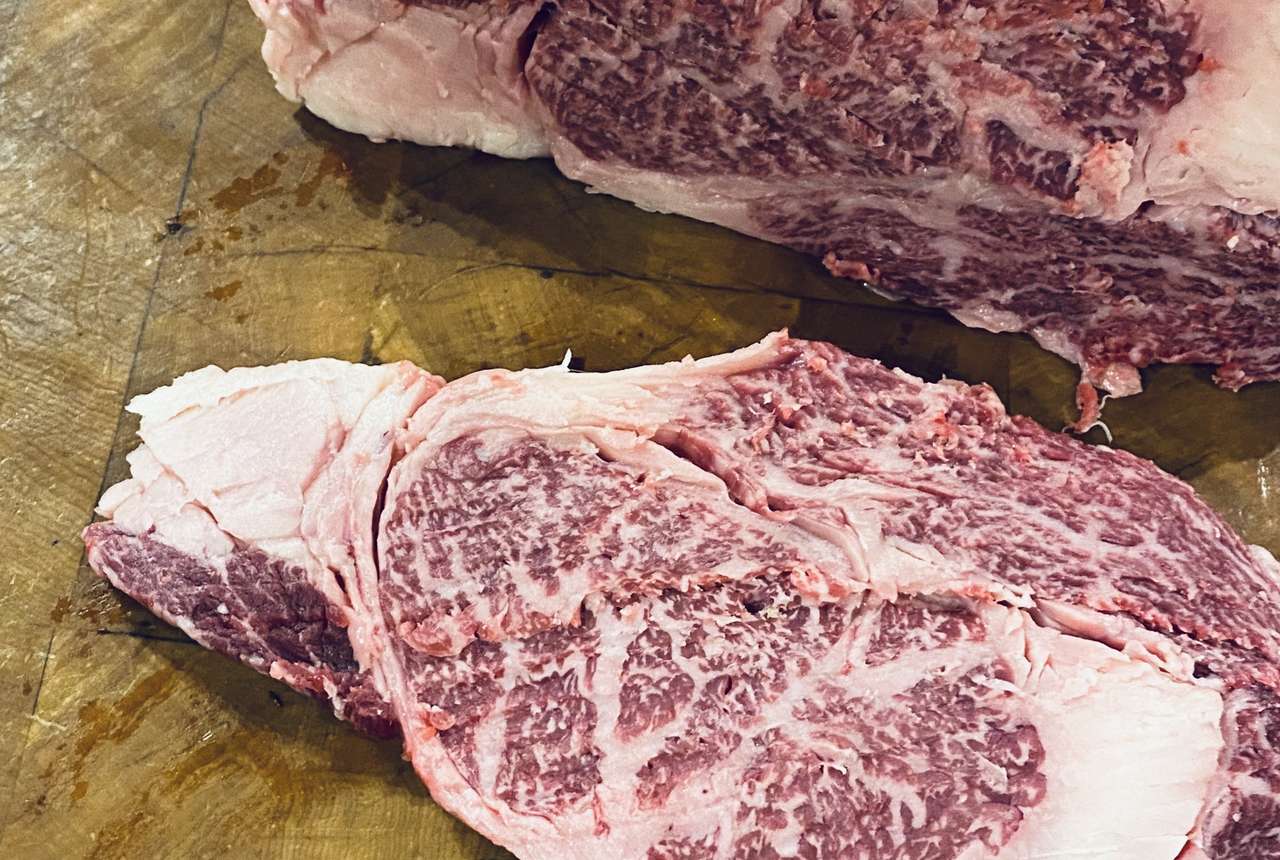Dogs, diabetes and diet
Dr Mark Roberts, PhD
Diabetes can be described as the relationship between glucose and insulin. The energy that a dog needs can be delivered by glucose, in turn, then used by the animal’s cells. Insulin has a decisive role in allowing this to happen, facilitating the movement of glucose into the cells1. A simple analogy to understand this process, is that insulin is the key to open the lock, allowing glucose into cells. When insulin levels are insufficient to allow glucose to enter the cells, it starts accumulating in the blood. This is where the pancreas plays a critical role, responsible for producing insulin. Therefore, if the pancreas is not functioning correctly, a dog is at risk of developing diabetes.
In similar to humans, dogs can develop two types of diabetes, type 1 and type 2. The prevalence of Type 2 diabetes is associated with dogs that are overweight or obese, with over consumption of processed carbohydrates also being a major contributing factor. With this type of diabetes, dogs are still able to produce insulin, but the body becomes resistant to it because there is too much sugar coming in. In contrast, Type 1 diabetes, occurs when the pancreas of a dog is incapable of producing sufficient insulin. The result of this, is that glucose can’t get into the body’s cells to be used for energy. Once this point is reached, a dog will require a lifetime of insulin injections to control blood glucose levels, enabling it to enter the body’s cells2. Clearly, preventing diabetes developing in dogs is imperative for their health and wellbeing.
Although there are several factors that can lead to the development of diabetes, including being genetically predisposed, having immune mediated disease and taking certain medications, diet can play a fundamental role. Diets that are high in processed carbohydrates, can result in raising blood glucose concentrations, leading to elevated insulin production to drive this concentration down3. Subsequently, this strains the beta cells of the pancreas which produces insulin, and if persistent, can potentially lead to reduced production, increasing the risk of several health complications developing.
Manipulating the diet of a dog, to help decrease the risk of diabetes and its associated diseases, involves a straightforward approach. This consists of a goal to reduce blood glucose levels, resulting in less insulin production, and less stress on the pancreas4. So, what diet can help this be achieved? The answer essentially involves the manipulation of the macronutrients in the diet, with firstly a reduction of the carbohydrate content of a diet to an amount of approximately 3-5% on a dry matter basis (DMB). Moreover, these carbohydrates need to be unprocessed and fibrous, good examples include fruits and vegetables such as pumpkin, berries and spinach. In addressing the protein content of a diet, a sufficient amount is required to safeguard that the many functions the macronutrient facilitates, are optimized. A values of between 30 -40% DMB protein would therefore be fitting to achieve this.
Lastly, fat is a macronutrient which supplies over twice as much energy to a dog compared to both protein and carbohydrates. In order to reduce the risk of diabetes developing a target of
approximately 60-65% DMB should be the target. Fat has a vital role in reducing the concentration of glucose, by essentially “switching” off the reliance a dog has on glucose for energy. This is attained due to a high fat diet and the low carbohydrate content of a diet, with fat being the dominant energy source. When this happens, a process takes place in the liver, whereby energy is regulated, and ketone bodies are generated from the breaking down of fatty acids. These ketones serve as an alternative fuel source, essentially meaning a dog’s body is then burning fats instead of glucose for energy. The result of this process, is that blood glucose concentrations are both less and better stabilised both before and after a meal compared to dogs fed a highly processed, high carbohydrate diet. Additionally, because of this, less insulin is required at these timepoints.
In conclusion, dogs are at an increasing risk of developing diabetes, with elevated glucose, being a key factor. Nutrition can play a vital role in both reducing the risk of this disease developing and also potentially being a therapeutic aid in treating it. This is achieved, with avoidance of high carbohydrate diets, that have undergone major processing. In turn, this should be replaced with a low (unprocessed), carbohydrate source, with a naturally high fibre content. A moderate protein content should be added to this, with dietary fat, being the prominent macronutrient.
References
1. Nelson, R. W., & Reusch, C. E. (2014). Animal models of disease: classification and etiology of diabetes in dogs and cats. Journal of endocrinology, 222(3), T1-T9.
2. Qadri, K., Ganguly, S., Praveen, P. K., & Wakchaure, R. (2015). Diabetes mellitus in dogs and its associated complications: A review. Int. J. Rec. Biotech, 3(4), 18-22.
3. Nguyen, P., Dumon, H., Biourge, V., & Pouteau, E. (1998). Glycemic and insulinemic responses after ingestion of commercial foods in healthy dogs: influence of food composition. The Journal of nutrition, 128(12), 2654S-2658S.
4. Hewson-Hughes, A. K., Gilham, M. S., Upton, S., Colyer, A., Butterwick, R., & Miller, A. T. (2011). The effect of dietary starch level on postprandial glucose and insulin concentrations in cats and dogs. British Journal of Nutrition, 106(S1), S105-S109.









